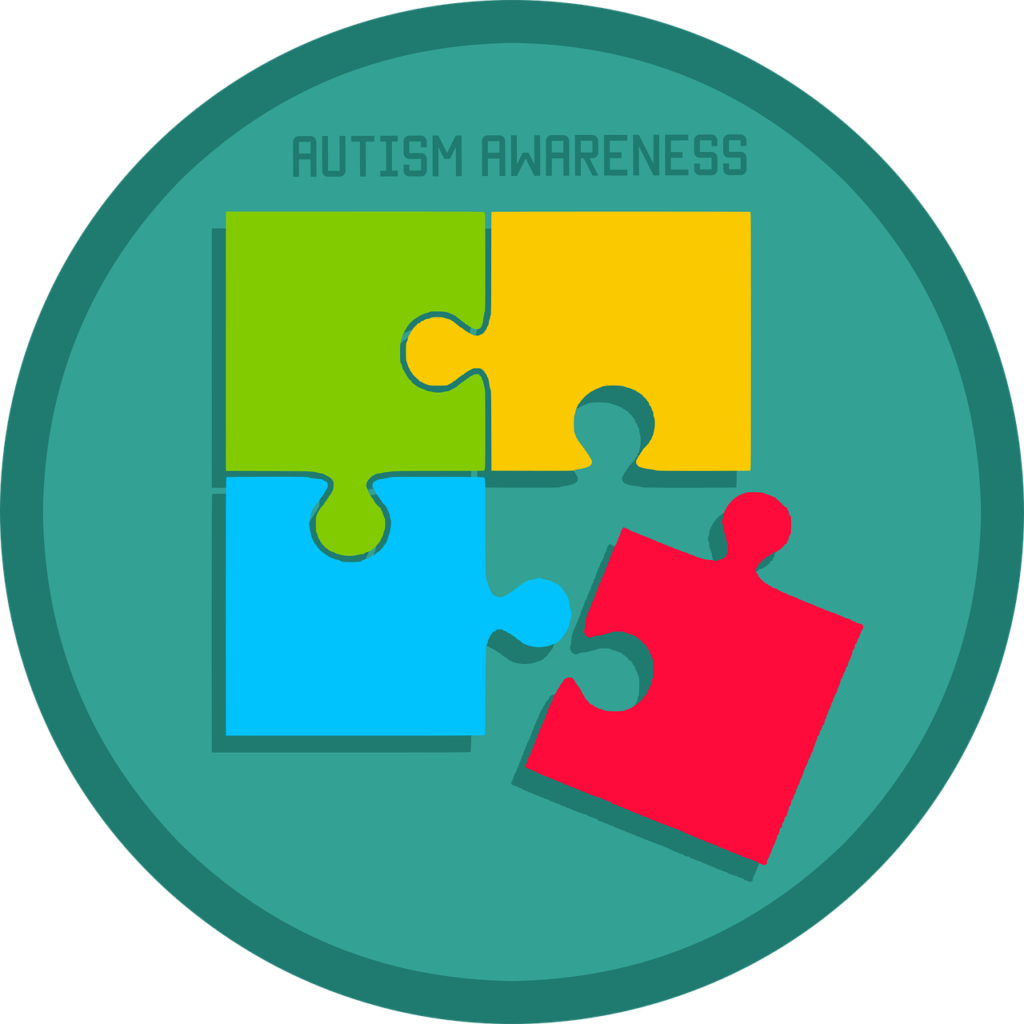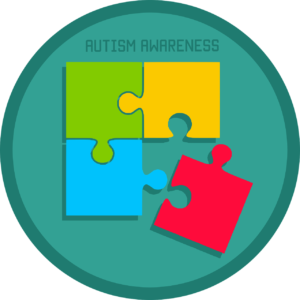Autism spectrum disorder (ASD) is a condition which can affect how an individual behaves, understands and expresses themselves. While it is common for individuals on the spectrum to share common symptoms, every individual is unique and will possess different strengths and weaknesses.
There are three levels of ASD which assist doctors in making appropriate support plans for their patients. These support plans can help a person with ASD to live a normal life and combat any social, environmental or behavioural hurdles.
In addition, for parents who have a child with ASD, knowing their child’s level can help them understand what support their child will need in everyday life.
In the previous edition of the Diagnostic and Statistical Manual of Mental Disorders (DSM), DSM-4, autism was separated into five different diagnoses, which range from Asperger’s syndrome (mild to high-functioning autism) to autistic syndrome, which indicates a severe form of autism.
The latest DSM-5 combines all five diagnoses into a single diagnosis of ASD with ranging levels of severity.
Level 1: Support Required
The first level of ASD is the mildest form of autism. Children on this level may have difficulties communicating with other people. For example, they may say inappropriate things or have problems reading facial expressions and other forms of body language.
Individuals on the first level can usually speak in full, coherent sentences, but may have trouble with engaging and staying in a conversation. These individuals also find it hard to make new friends.
They may also have trouble moving from one activity to another or trying new things. Additionally, they may have problems with organization and planning, which may prevent them from being as independent as other people their age.
In addition, they may also have difficulties with learning new things and moving between activities. Moreover, they can also have organisational and planning difficulties, which can make it hard for them to be independent, especially in comparison to other people at their age.
Level 2: Additional Support Required
Individuals with the second stage of ASD will have more apparent communication issues than those present at level 1. Similarly, they will have trouble changing focus and moving between activities.
Children with level 2 ASD generally have confined interests and have “tics”, or do certain activities repetitively. For example, a child may constantly wash their hands or repeat a phrase constantly.
People with the second ASD level generally talk in direct, simple sentences and find it hard to talk in “indirect” ways (e.g communicating non-verbally).
Level 3: Substantial Support Required
The third level is the severest form of autism. Individuals in this category will share similar behavioural traits as in levels 1 and two, with the exception being that all behaviour will be much more severe.
People on the third level will have a hard time expressing themselves in verbal and nonverbal form, along with interacting with others, and moving from different activities. Similarly, they will engage in repetitive behaviours.
People on the third level will rarely interact with other people and speech will be limited. Individuals will only respond if addressed in a very direct manner.
Limitations of ASD Levels
While the ASD levels can be used to identify the severity of autism in patients, the categories are limited and thus do not include all strengths and weaknesses of each level.
Indeed, the three ASD levels do not include all symptoms and special needs of all individuals on the spectrum. The DSM-5 does not include detailed information on the support some individuals may need or in which situations support is required.
For example, people with ASD may struggle in a social environment (e.g school) but are fine at home. Conversely, they may enjoy the structured environment of school but have breakdowns when in non-structured social gatherings.
Additionally, a person’s level at their first diagnosis may change as they grow older and learn how to behave in social environments. Conversely, other issues that may have been present at a young age (e.g depression or anxiety) may be exacerbated with age.
To sum up
The three levels of autism can be used to understand what traits an individual may have and which support services may be needed. On the other hand, the levels cannot predict changes in behaviour over time. As such, any support to an individual with ASD should be highly personalised.
The DSM-5 is a useful reference for doctors when diagnosing people on the autism spectrum. The guide describes the three levels of ASD, including range in severity and what support an individual may require.
The three levels briefly describe the issues individuals with ASD may face in daily life, including communicating and behaving in a social environment. However, these levels do not detail all the support an individual with ASD may require.



